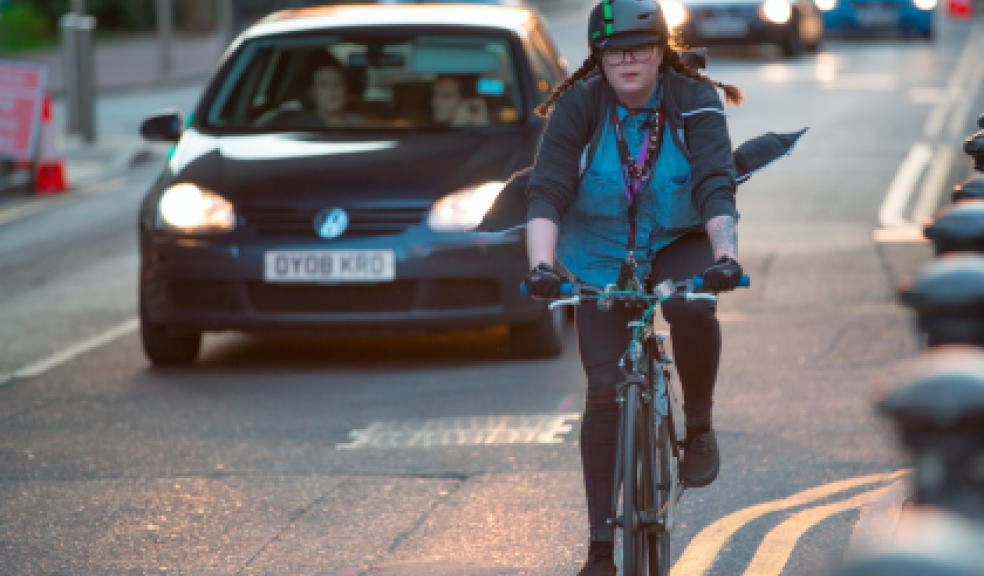
Should cities be pedestrianised?
More and more governing bodies are assessing the role and impact of vehicles in city centres, with many pushing for pedestrianisation.
In a recent poll, 52% of Bath Live readers voted in favour of the pedestrianisation of Bath city centre, in the aim to improve air quality. However, 30% were sceptical, worrying that limited access would have a negative impact on city centre trade.
Despite relevant arguments for both sides of the debate, many European cities are adopting pedestrianisation. The Mayor Of Paris has announced plans to do just this to the centre of the capital. Traffic will be hugely restricted in the city, with electric shuttle buses offering an alternative mode of transport.
So, how would pedestrianisation affect our city centres?
Reduce Air Pollution
Across the globe, toxic air pollution is a serious concern. It causes over 5.5 million deaths every year and is said to be a “greater threat to world population than malaria and HIV combined”. Levels of nitrogen dioxide in the UK are deadly, often exceeding legal limits. With approximately 50% of air pollution coming from road transport, it seems wise to reduce the amount of vehicles in our city centres to combat the problem. The use of electric alternatives would lead to much greener and healthier urban environments.
Limited Access
Clearly, pedestrianizing city centres will limit access. This could lead to a decrease in the amount of people visiting the centre for shopping, dining or other leisure activities. This may be particularly troublesome for those that live in rural locations outside of city centres who have limited public transport options. If they cannot drive to the city, they may stop coming all together.
Impact on Businesses
Pedestrianisation will have a big impact on city centre businesses, particularly taxi companies. Not allowing taxis to drive into city centres would massively impact the livelihoods of drivers and may put many out of jobs, as people look for alternative modes of transport.
Not only would this impact taxi companies, it would also impact their vehicle suppliers. Companies such as Cab Direct supply a range of quality purpose-built black cabs. Their business would massively suffer from the pedestrianisation of city centres as demand for vehicles would inevitably reduce.
Healthier Population
Highly motorized areas increase car dependency. By discouraging the use of vehicles, pedestrianisation encourages people to not only walk around the city centre, but also walk to public transport to get into the centre in the first place. This will force people to be more physically active, ultimately creating a much healthier population.
Increased Safety
Urban areas without road traffic are much safer for pedestrians. A recent study found that “more than 99% of pedestrian collision deaths in this country involve a motorised vehicle” with “vulnerable pedestrians – generally older people and children” being particularly affected. By making city centres a no-go for vehicles they will be much safer environments with lower risk of injuries and fatalities.
Do you think city centres should be pedestrianised?



















